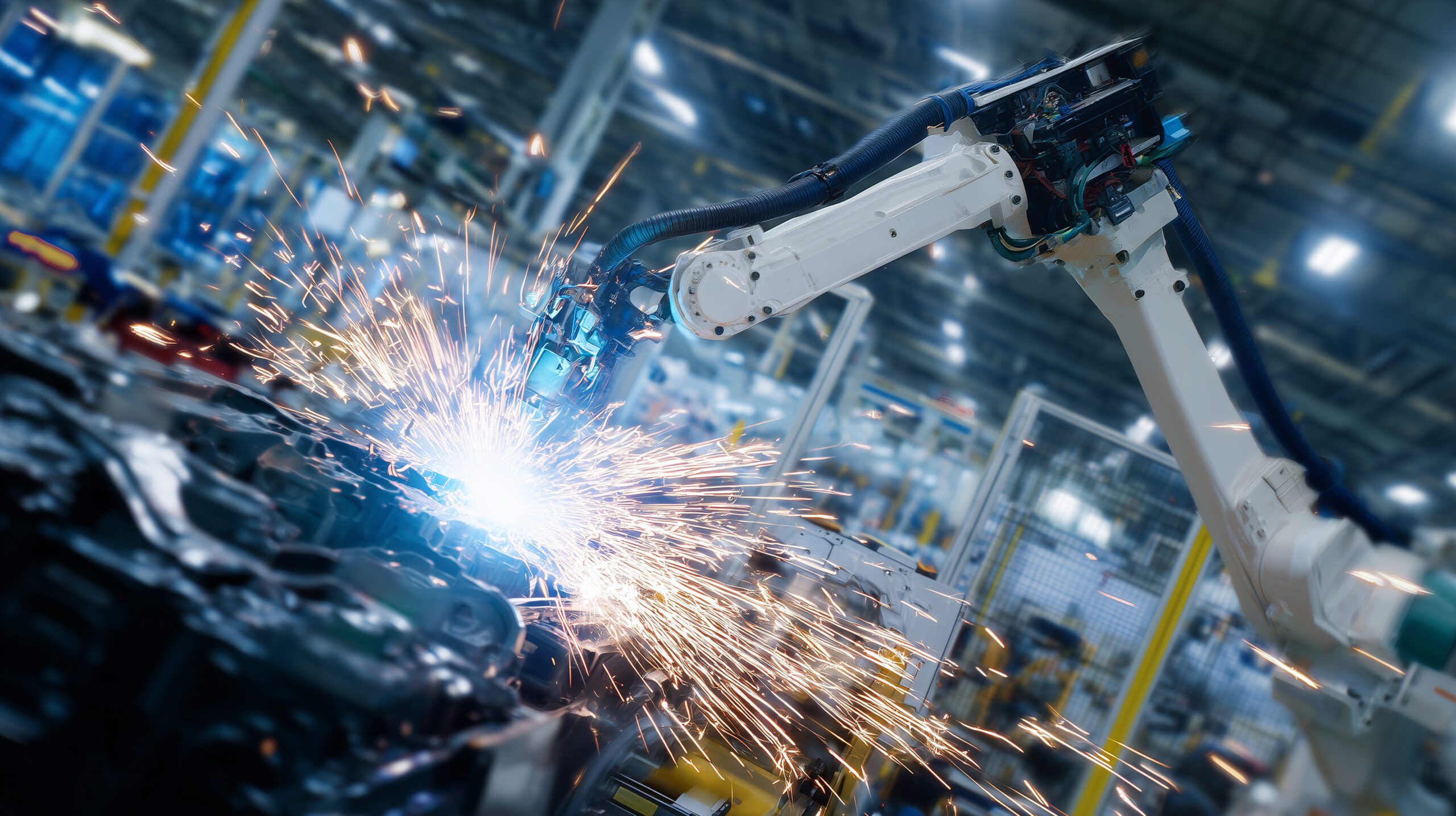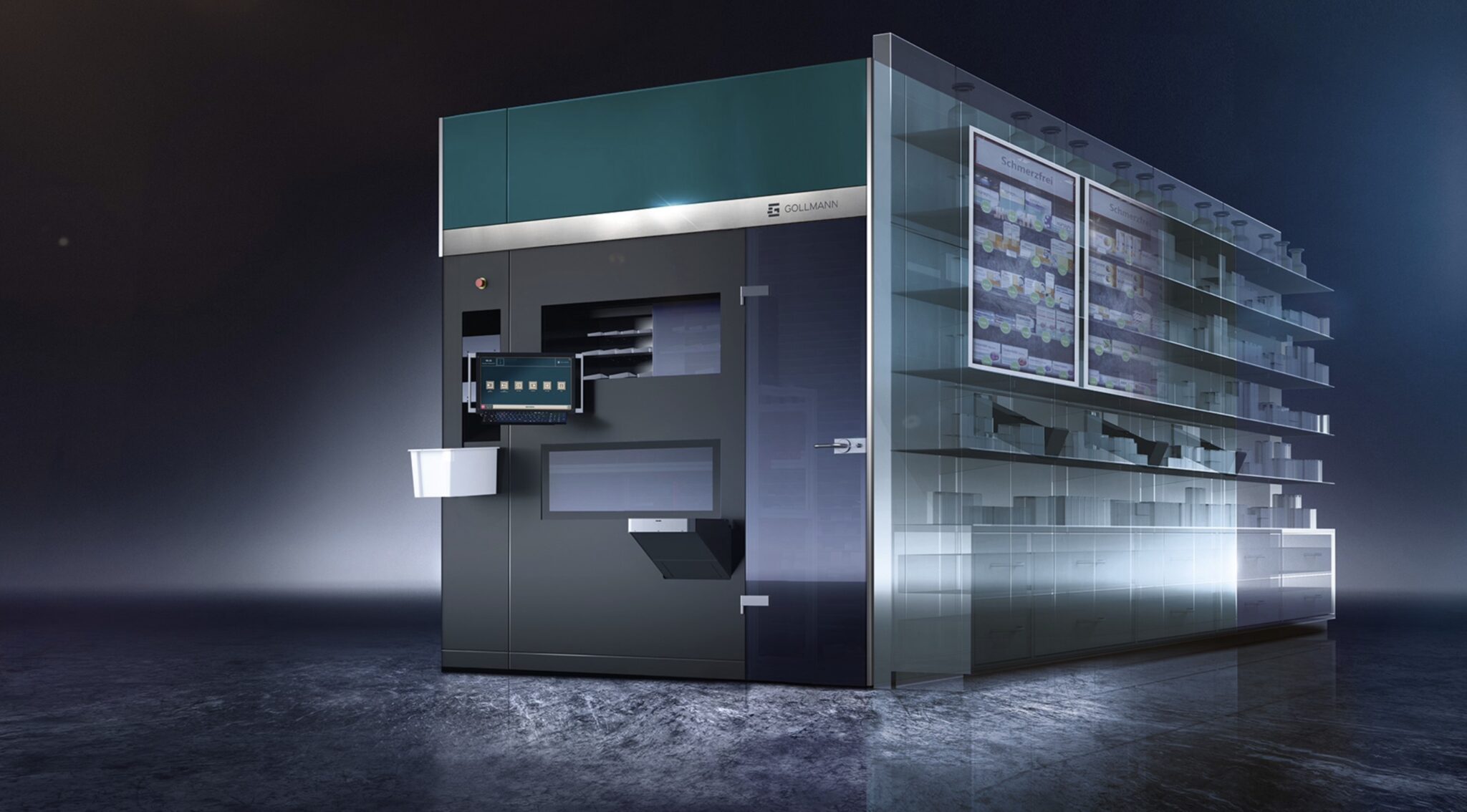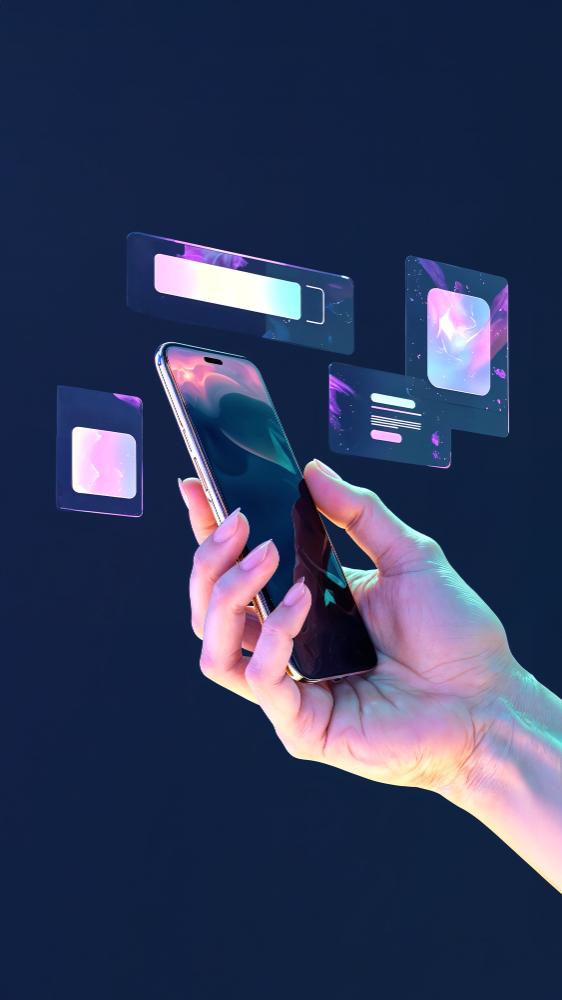Transforming the Work of the Best Cataract Surgeon

Artificial intelligence and robotics are reshaping modern healthcare.
One area where this change is clear is cataract surgery. The best cataract surgeon in Houston TX now has access to advanced tools that make procedures more precise, safer, and faster. These technologies are not a replacement for skilled surgeons. Instead, they support them in achieving better outcomes for patients.
Cataracts and the Role of Surgery
Cataracts remain the leading cause of blindness worldwide. Millions of people every year require surgery to restore vision. While the procedure itself is well-established, the results still depend heavily on the skill of the surgeon. Even the best cataract surgeon faces challenges such as predicting patient-specific needs, ensuring lens alignment, and reducing recovery times.
This is where AI and robotics provide support. By analyzing data, guiding surgical steps, and automating specific tasks, they give surgeons stronger tools to work with.
AI in Cataract Detection and Planning
Artificial intelligence is already helping in early cataract detection. Algorithms trained on large image datasets can identify cataracts quickly and accurately. For surgeons, this information improves decision-making before the operation.
AI models can also predict surgical outcomes by analyzing patient data, including age, eye structure, and medical history. This allows the best cataract surgeon to plan each procedure with greater accuracy. Patients benefit from more personalized care and fewer complications.
Robotic Assistance in Surgery
Robotic systems are now being used to assist surgeons in delicate eye procedures. These systems are not fully automated. Instead, they act as precise extensions of the surgeon’s hands. Robots can stabilize movements, control incisions, and place lenses with consistency that reduces the risk of human error.
For example, robotic platforms can help in creating uniform corneal incisions, which improves healing. They can also aid in lens capsule opening, a step that requires extreme precision. The best cataract surgeon, supported by robotics, gains higher accuracy while maintaining control of the operation.
Real-Time Guidance With AI

During surgery, AI systems can provide real-time analysis. By monitoring surgical video feeds, AI can identify steps, track progress, and give alerts if something unusual occurs. This helps surgeons maintain focus and quickly address potential issues.
AI can also assist in measuring intraoperative data, such as eye pressure and lens positioning. These insights make it easier for the surgeon to adapt while the procedure is ongoing.
Training Future Surgeons
Another benefit of AI and robotics is in training. New ophthalmologists often need years of practice before they can perform cataract surgeries independently. AI-driven platforms can simulate surgical environments and provide feedback on performance. Robotics allows trainees to practice movements safely, without risk to patients.
This reduces the learning curve and helps create a new generation of skilled surgeons who can meet the rising demand for cataract treatment.
Efficiency and Cost Reduction
Technology also supports healthcare systems by reducing costs. Robotic systems and AI tools can shorten surgery times, optimize resources, and improve scheduling accuracy. They also reduce the number of post-operative complications, which lowers the burden on clinics.
For patients, this means faster recovery and lower overall expenses. Access to advanced technology ensures that even those outside major medical centers can receive care comparable to what the best cataract surgeon in a large city would provide.
Balancing Technology and Human Expertise
While AI and robotics are powerful, they are not replacements for human expertise. The best cataract surgeon combines years of experience, deep understanding of eye anatomy, and the ability to make complex judgments that no machine can fully replicate.
Technology should be seen as a partner. Robots and AI tools enhance precision and efficiency, but it is the surgeon’s knowledge that guides the procedure. Patients should understand that successful cataract surgery comes from this balance between human skill and machine support.
The Future of Cataract Surgery
The future points to even greater integration of AI and robotics. More advanced imaging systems will allow AI to detect subtle eye changes. Robotics will continue to improve, giving surgeons finer control. Cloud-based platforms may also enable surgeons in smaller clinics to access advanced planning tools used in major hospitals.
This will make cataract surgery safer, more accurate, and more accessible. For patients, it means improved vision and better quality of life.
Final Thoughts
AI and robotics are transforming how cataract surgeries are performed. They give the best cataract surgeon advanced tools for detection, planning, and precise execution. They also support training, reduce costs, and improve patient outcomes.
The human surgeon remains central to success, but technology now provides a powerful partnership. Together, they make cataract treatment more effective and accessible to millions of people worldwide.
link






